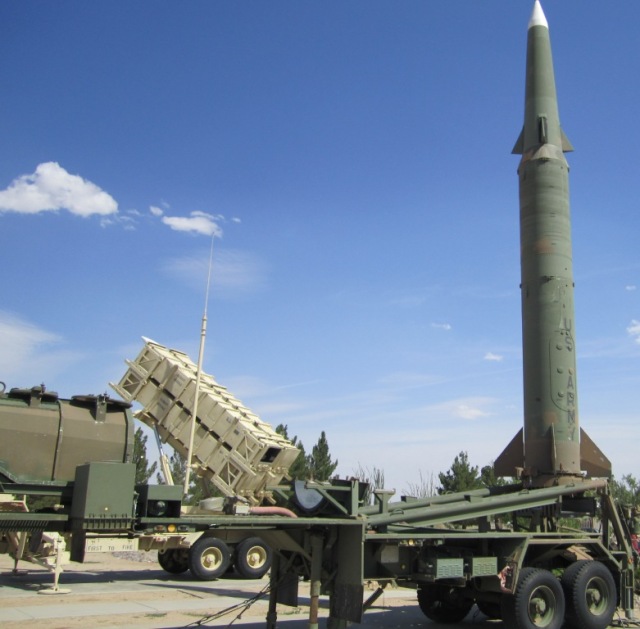Good morning. This subject keeps being bantered about on the internet and poor information is passed around and repeated creating internet myths.
FYI:
I am not an expert on this subject. However, I do read about this subject and the following is a quote from the most notable guru on the science of all things black powder:
"There were some excellent papers written on this around the turn of the century in 1900. This was when a lot of powder plants were switching from water wheels to electric motors. The most informative paper came out of an incident in Germany. They found that it was nearly impossible to ignite grains of black powder with electric sparks. But dust in the corning and screening operations was very easy to ignite with strong electrostatic sparks. This ease of ignition involved small particles of sulfur given off by the processing of the powder in these operations. And this was before they realized they had to both ground the electric motors and move them out of the work areas onto outside building walls. The strength of the sparks needed to ignite the grains was far above what the human body or clothing could produce.
As to static in plastic bags or plastic bottle containers. The problem with the use of plastics was not the danger of a static spark. Simply that the light static charges built up on the grains of powder caused them to cling to the plastic. These plastic bags, etc, were supposed to be safely disposed of by burning. So you did not want a large pile of used black powder containers in a burn pile to be burnt. You did not want to be the guy heaving the match into the pile. Hoist with his own petard results."
Somewhere along the way I lost the report out of Germany on the sifting packing house explosion. Dated back to around 1910. They first tried to ignite grains of black powder with one of those big spinning wheel electrostatic generators. Those form charge strengths far above what man and his clothing produces. In the end they were able to ignite grains of black powder with a spark generated by a coil using 8 amps and 18 volts feed into the spark producing coil. This was their clue that any small static spark explosion had to relate to the dust in the building. The report stated that all electric motors must be grounded and with explosion proof wiring and switches They must properly ventilate the works areas to reduce dust levels. They described the accumulation of static charges in the air in the room with the machinery running. This report was used to show why any electric motors should be mounted and wired outside the buildings driving machinery by shafts running from the motors through the walls and then onto the actual machinery. Even as far as designing packing glands for the shafts where they went through the walls. That way there would be no dust laden stream of out of the shaft openings in the wall that might then be ignited by the motor mounted outside the wall. The lessons learned from this German experiment were then used when other machinery such as wheel mills were "electrified".
- Mad Monk
FYI:
I am not an expert on this subject. However, I do read about this subject and the following is a quote from the most notable guru on the science of all things black powder:
"There were some excellent papers written on this around the turn of the century in 1900. This was when a lot of powder plants were switching from water wheels to electric motors. The most informative paper came out of an incident in Germany. They found that it was nearly impossible to ignite grains of black powder with electric sparks. But dust in the corning and screening operations was very easy to ignite with strong electrostatic sparks. This ease of ignition involved small particles of sulfur given off by the processing of the powder in these operations. And this was before they realized they had to both ground the electric motors and move them out of the work areas onto outside building walls. The strength of the sparks needed to ignite the grains was far above what the human body or clothing could produce.
As to static in plastic bags or plastic bottle containers. The problem with the use of plastics was not the danger of a static spark. Simply that the light static charges built up on the grains of powder caused them to cling to the plastic. These plastic bags, etc, were supposed to be safely disposed of by burning. So you did not want a large pile of used black powder containers in a burn pile to be burnt. You did not want to be the guy heaving the match into the pile. Hoist with his own petard results."
Somewhere along the way I lost the report out of Germany on the sifting packing house explosion. Dated back to around 1910. They first tried to ignite grains of black powder with one of those big spinning wheel electrostatic generators. Those form charge strengths far above what man and his clothing produces. In the end they were able to ignite grains of black powder with a spark generated by a coil using 8 amps and 18 volts feed into the spark producing coil. This was their clue that any small static spark explosion had to relate to the dust in the building. The report stated that all electric motors must be grounded and with explosion proof wiring and switches They must properly ventilate the works areas to reduce dust levels. They described the accumulation of static charges in the air in the room with the machinery running. This report was used to show why any electric motors should be mounted and wired outside the buildings driving machinery by shafts running from the motors through the walls and then onto the actual machinery. Even as far as designing packing glands for the shafts where they went through the walls. That way there would be no dust laden stream of out of the shaft openings in the wall that might then be ignited by the motor mounted outside the wall. The lessons learned from this German experiment were then used when other machinery such as wheel mills were "electrified".
- Mad Monk
Last edited:




